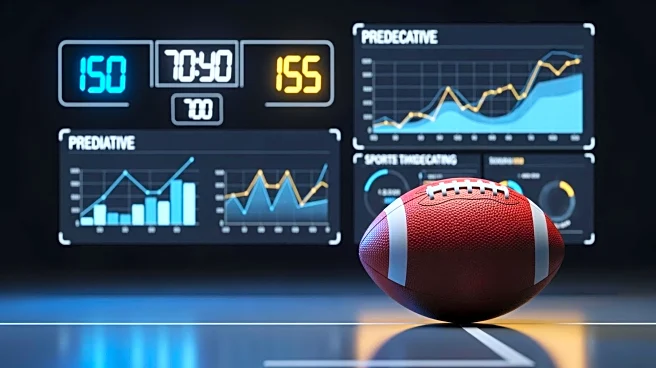What's Happening?
A recent study has applied SHAP-based interpretable machine learning to predict injury risks among university football players. The research involved 800 athletes, with 400 having sustained injuries and
400 remaining injury-free over a six-month period. The study identified significant differences in stress levels, sleep duration, and physical fitness indicators between injured and non-injured athletes. The machine learning models, particularly the Support Vector Machine (SVM), demonstrated high accuracy in predicting injury risks, with SVM achieving a 95.6% accuracy rate. The study highlights the potential of using multi-dimensional data analysis to improve early intervention strategies in sports medicine.
Why It's Important?
The application of machine learning in sports injury prediction represents a significant advancement in sports medicine. By identifying key risk factors such as stress and sleep patterns, these models can help coaches and medical personnel develop targeted intervention strategies, potentially reducing injury rates among athletes. This approach not only enhances athlete safety but also optimizes team performance by maintaining player health. The study underscores the importance of integrating technology into sports training and healthcare, offering a data-driven method to address injury prevention.
What's Next?
The successful implementation of SHAP-based models in sports could lead to broader adoption across various sports disciplines. Future research may focus on refining these models to include dynamic monitoring of training loads and other variables. Additionally, collaboration between sports scientists and data analysts could further enhance the predictive capabilities of these models, leading to more personalized and effective injury prevention strategies.
Beyond the Headlines
The ethical implications of using predictive models in sports should be considered, particularly regarding data privacy and the potential for misuse of athlete health information. Ensuring transparency and consent in data collection and analysis will be crucial in maintaining trust between athletes and medical professionals.











